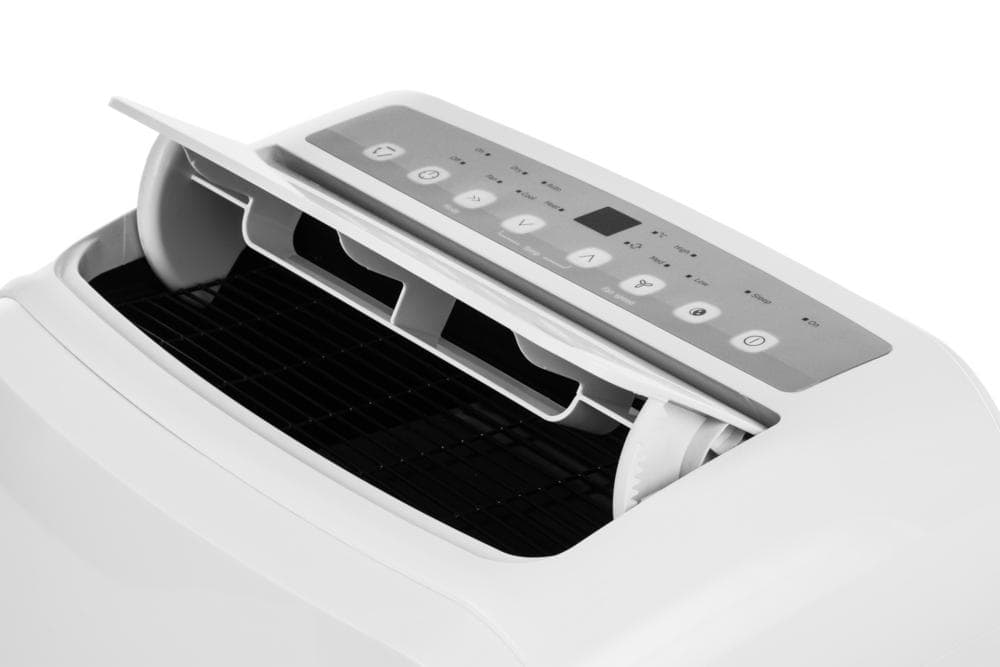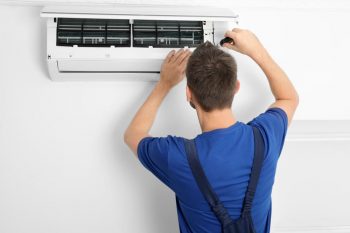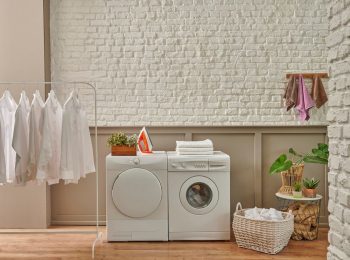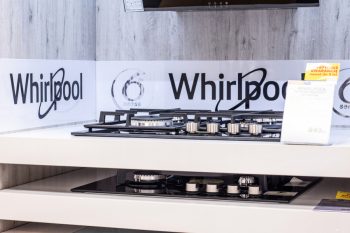
When it comes to keeping your basement cool and comfortable, installing a portable AC unit in a basement window is a cost-effective and efficient solution. However, the process may seem complex if you’ve never done it before. This guide will provide a comprehensive step-by-step process on how to install a portable AC in a basement window, along with some essential tips and considerations to ensure a successful installation.
To install a portable AC in a basement window, first choose a suitable location near a window and an electrical outlet. Gather necessary tools and prepare for installation. Attach the exhaust hose to the AC unit and the window adapter to the window, ensuring there are no gaps. Connect the exhaust hose to the window adapter, install any drainage hose, and plug in the AC unit. After installation, seal the window to prevent air leaks and improve efficiency. Regular maintenance and cleaning will keep the unit running efficiently.
Choosing the Right Location
Firstly, you need to find a suitable location for your portable AC unit. It should be near a window and an electrical outlet, with at least 20 inches of clearance around the unit to ensure proper airflow. Basements are often damp and humid, so consider dehumidifying the space before installing the AC unit.
Preparing for Installation
Before the installation, gather essential tools such as a portable air conditioner unit, exhaust hose, window kit, screwdriver, measuring tape, utility knife, foam weatherstripping, and duct tape. Make sure to check the window adapter kit provided with your portable AC unit to verify it’s compatible with your basement window.
Installation Process
To install the portable AC unit, follow these steps:
Step 1: Attach the exhaust hose to the back of the portable air conditioner.
Step 2: Depending on your basement window, you might need to use a custom-made window vent kit or create a DIY solution using plexiglass cut to your window screen’s size. Attach the window adapter to the window and ensure there are no gaps.
Step 3: Connect the other end of the exhaust hose to the window adapter.
Step 4: If your portable AC unit comes with a drainage hose for continuous drainage, attach it to the unit and secure it to a sink, tub, or bucket.
Step 5: Once everything is connected and properly installed, plug your portable AC unit into the electrical outlet and turn it on.
Remember that the installation process may vary depending on the manufacturer, so always refer to the instructions provided with your specific portable AC unit.
Post-Installation Sealing
After the installation, make sure to properly seal the window to prevent air leaks and improve the efficiency of the AC unit. Use weatherstripping, foam insulation, or caulking to seal any gaps around the window insert and the exhaust hose.
Maintenance and Cleaning
Once the unit is installed, regular maintenance and cleaning are necessary to keep it running efficiently. Clean the air filters at least twice a year, drain the water condensate regularly, and wipe the surface clean when the unit is switched off. Also, ensure the exhaust hose is straight and not obstructed.
Common Installation Issues and Their Resolutions
During the installation, you might encounter issues like insufficient disk space, incompatible hardware, corrupted setup files, and more. Most of these issues can be resolved by checking system requirements, re-downloading installation files, temporarily disabling antivirus software, updating your operating system, and ensuring a stable internet connection.
Choosing the Right Portable AC Unit
When selecting a portable AC unit for your basement, consider factors like cooling capacity, noise levels, drainage options, proper venting, and additional features like built-in dehumidifiers or smart capabilities.
In conclusion, installing a portable AC in a basement window might seem daunting, but with this comprehensive guide, you can comfortably do it yourself. Keep in mind the safety precautions during the installation process and ensure regular maintenance for the unit’s longevity and efficient performance.
Frequently Asked Questions
What is the purpose of the exhaust hose in a portable AC unit?
The exhaust hose in a portable AC unit is used to vent the hot air that is removed from the room by the air conditioner to the outside. It’s an essential part of the cooling process.
What size portable AC unit do I need for my basement?
The size of the portable AC unit you will need depends on the size of your basement. As a general rule, you will need approximately 20 BTUs (British Thermal Units) of cooling capacity for each square foot of space.
Is it safe to use an extension cord with my portable AC unit?
It’s generally not recommended to use an extension cord with your portable AC unit. These units draw a lot of power and using an extension cord can lead to overheating and potentially a fire risk. Always try to use a dedicated outlet if possible.
Can I use my portable AC unit in other rooms apart from the basement?
Yes, portable AC units are designed to be flexible and can be moved from room to room as needed. However, ensure each room has a suitable window for venting the hot air.
Do all portable AC units require drainage?
Not all portable AC units require drainage. Some units have a self-evaporation system that eliminates the need for a drain. However, in high humidity areas, the unit may not be able to evaporate all the moisture fast enough and some drainage may be required. Always check the manufacturer’s instructions.












